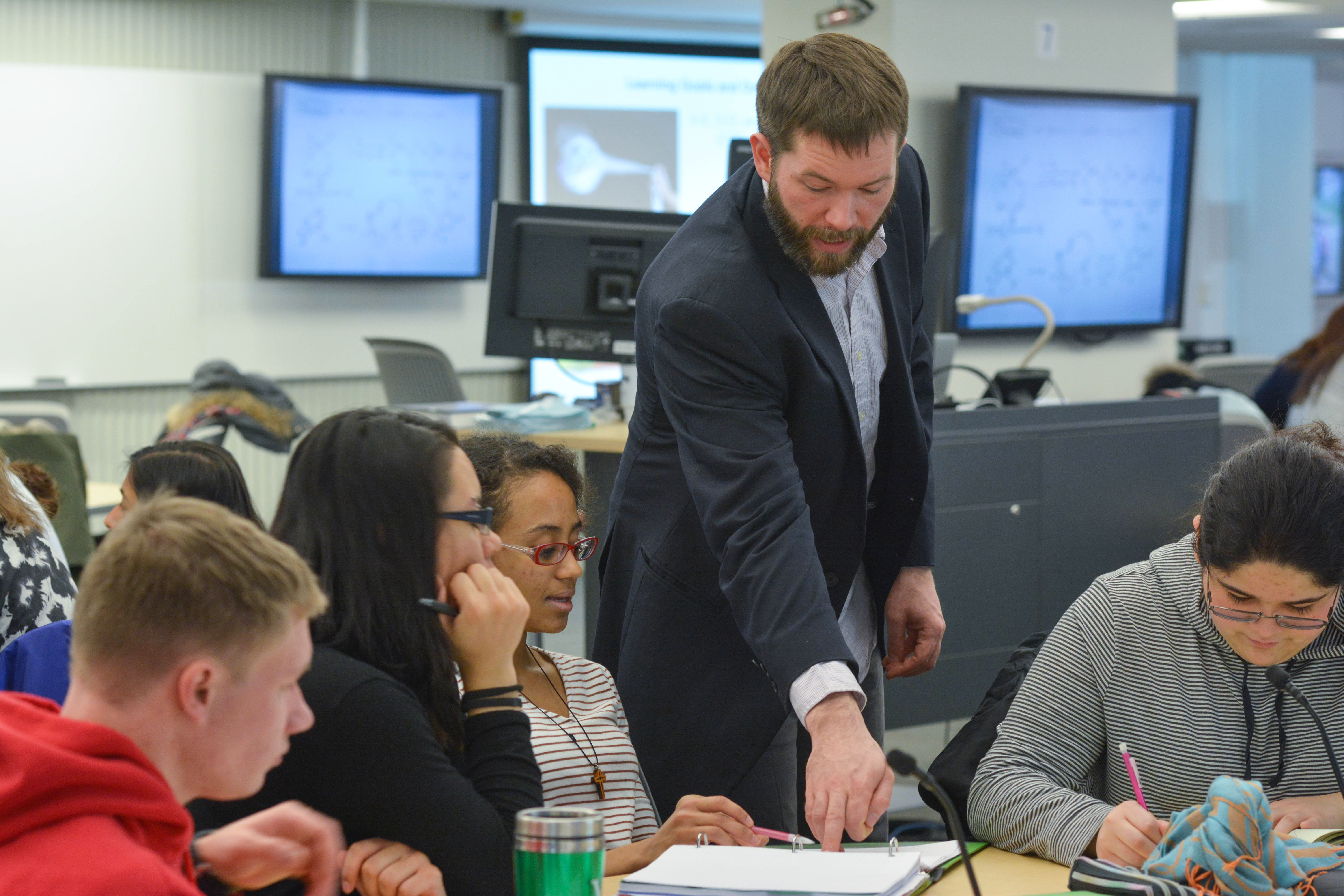Fernandez, A.C., Huang, J., & Rinaldo, V. (2011). Does Where a Student Sits Really Matter? The Impact on Seating Locations on Student Classroom Learning. International Journal of Applied Educational Studies 10(1).
Gao, N., Rahaman, M. S., Shao, W., Ji, K., & Salim, F. D. (2022). Individual and group-wise classroom seating experience: Effects on student engagement in different courses. Proceedings of the ACM on Interactive, Mobile, Wearable and Ubiquitous Technologies 6(3), 1-23.
Marx, A., Fuhrer, U. & Hartig, T. Effects of Classroom Seating Arrangements on Children’s question-asking. Learning Environments Research 2, 249–263 (1999). https://doi.org/10.1023/A:1009901922191
Wannarka, R., & Ruhl, K. (2008). Seating arrangements that promote positive academic and behavioural outcomes: A review of empirical research. Support for Learning 23(2), 89-93.
Yang, X., Zhou, X., & Hu, J. (2022). Students’ preferences for seating arrangements and their engagement in cooperative learning activities in college English blended learning classrooms in higher education. Higher Education Research & Development 41(4), 1356-1371.

